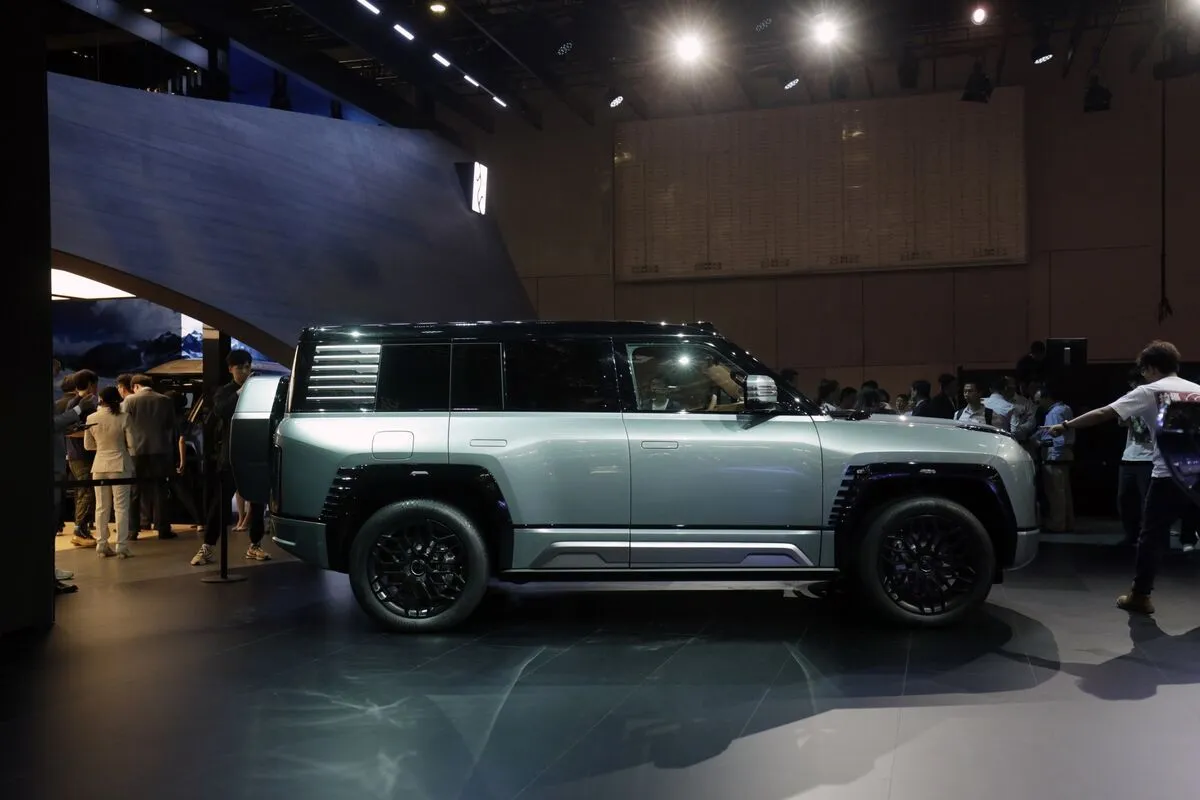Chinese Carmaker Overtakes Tesla as World’s Most Popular EV Maker
Chinese Carmaker Overtakes Tesla as World’s Most Popular EV Maker

www.bloomberg.com
Chinese Carmaker Overtakes Tesla as World’s Most Popular EV Maker

Chinese Carmaker Overtakes Tesla as World’s Most Popular EV Maker

Chinese Carmaker Overtakes Tesla as World’s Most Popular EV Maker
